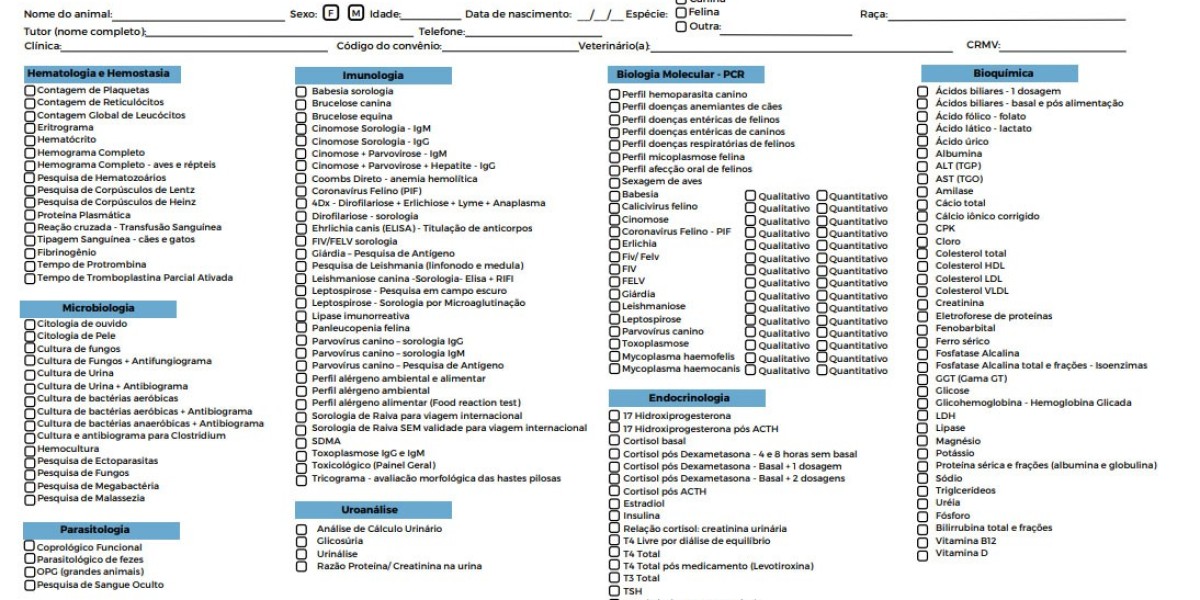
The difficulty positioned to America by China's DeepSeek synthetic intelligence (AI) system is extensive, bring into question the US' general approach to challenging China. DeepSeek offers ingenious options beginning with an initial position of weak point.
America believed that by monopolizing the usage and advancement of advanced microchips, it would permanently paralyze China's technological development. In reality, it did not happen. The inventive and resourceful Chinese found engineering workarounds to bypass American barriers.
It set a precedent and something to think about. It might happen every time with any future American innovation; we shall see why. That stated, American innovation remains the icebreaker, the force that opens new frontiers and horizons.
Impossible linear competitors
The concern depends on the regards to the technological "race." If the competitors is purely a linear game of technological catch-up between the US and China, the Chinese-with their resourcefulness and huge resources- may hold a nearly overwhelming benefit.
For instance, China churns out four million engineering graduates each year, nearly more than the rest of the world integrated, and has a massive, users.atw.hu semi-planned economy efficient in concentrating resources on concern objectives in methods America can barely match.
Beijing has countless engineers and billions to invest without the immediate pressure for financial returns (unlike US companies, which face market-driven responsibilities and expectations). Thus, China will likely always reach and surpass the most recent American innovations. It may close the space on every innovation the US introduces.

Beijing does not require to scour the globe for advancements or save resources in its quest for tandme.co.uk development. All the experimental work and monetary waste have actually already been carried out in America.
The Chinese can observe what works in the US and pour cash and leading skill into targeted jobs, pyra-handheld.com wagering logically on marginal improvements. Chinese ingenuity will deal with the rest-even without considering possible commercial espionage.
Latest stories
Trump's meme coin is a boldfaced money grab
Fretful of Trump, Philippines drifts missile compromise with China
Trump, Putin and Xi as co-architects of brave new multipolar world
Meanwhile, America might continue to leader new advancements but China will constantly catch up. The US may grumble, "Our technology transcends" (for whatever reason), however the price-performance ratio of Chinese items could keep winning market share. It might therefore squeeze US companies out of the marketplace and America might find itself progressively struggling to compete, even to the point of losing.
It is not an enjoyable circumstance, one that might only change through drastic procedures by either side. There is already a "more bang for the dollar" dynamic in linear terms-similar to what bankrupted the USSR in the 1980s. Today, however, the US dangers being cornered into the very same challenging position the USSR as soon as faced.
In this context, simple technological "delinking" might not be sufficient. It does not suggest the US needs to desert delinking policies, but something more extensive may be needed.
Failed tech detachment
Simply put, the design of pure and easy technological detachment might not work. China poses a more holistic difficulty to America and the West. There need to be a 360-degree, articulated method by the US and its allies toward the world-one that includes China under particular conditions.
If America succeeds in crafting such a method, we might picture a medium-to-long-term framework to prevent the risk of another world war.

China has actually refined the Japanese kaizen model of incremental, marginal improvements to existing technologies. Through kaizen in the 1980s, Japan wished to overtake America. It stopped working due to problematic commercial options and Japan's stiff development design. But with China, the story could differ.
China is not Japan. It is bigger (with a population 4 times that of the US, whereas Japan's was one-third of America's) and more closed. The Japanese yen was totally convertible (though kept artificially low by Tokyo's reserve bank's intervention) while China's present RMB is not.
Yet the historical parallels are striking: both Japan in the 1980s and China today have GDPs approximately two-thirds of America's. Moreover, Japan was a United States military ally and an open society, while now China is neither.

For the US, a different effort is now needed. It needs to develop integrated alliances to expand worldwide markets and tactical spaces-the battleground of US-China competition. Unlike Japan 40 years back, China understands the importance of global and multilateral areas. Beijing is trying to transform BRICS into its own alliance.
While it battles with it for numerous factors and having an option to the US dollar international function is farfetched, Beijing's newly found international focus-compared to its previous and Japan's experience-cannot be overlooked.
The US should propose a new, integrated advancement design that widens the group and human resource swimming pool aligned with America. It needs to deepen combination with allied countries to create an area "outside" China-not always hostile however distinct, permeable to China just if it adheres to clear, unambiguous guidelines.
This expanded space would amplify American power in a broad sense, reinforce global uniformity around the US and balanced out America's group and personnel imbalances.
It would improve the inputs of human and funds in the present technological race, thus influencing its supreme outcome.
.png)
Sign up for one of our free newsletters
- The Daily Report Start your day right with Asia Times' top stories
- AT Weekly Report A weekly roundup of Asia Times' most-read stories
Bismarck inspiration
For China, there is another historic precedent -Wilhelmine Germany, created by Bismarck, in the late 19th and early 20th centuries. Back then, Germany mimicked Britain, surpassed it, and turned "Made in Germany" from a mark of shame into a sign of quality.
Germany became more informed, complimentary, tolerant, democratic-and also more aggressive than Britain. China could pick this course without the hostility that caused Wilhelmine Germany's defeat.
Will it? Is Beijing all set to end up being more open and tolerant than the US? In theory, this might permit China to overtake America as a technological icebreaker. However, such a model clashes with China's historical tradition. The Chinese empire has a tradition of "conformity" that it has a hard time to leave.
For the US, the puzzle is: can it unite allies closer without alienating them? In theory, this course aligns with America's strengths, however covert obstacles exist. The American empire today feels betrayed by the world, particularly Europe, and resuming ties under new guidelines is complicated. Yet a revolutionary president like Donald Trump might want to try it. Will he?
The path to peace requires that either the US, China or both reform in this instructions. If the US unites the world around itself, China would be isolated, dry up and turn inward, stopping to be a danger without damaging war. If China opens up and equalizes, a core reason for the US-China dispute dissolves.
)
If both reform, a brand-new worldwide order could emerge through negotiation.
This article initially appeared on Appia Institute and is republished with approval. Read the original here.
Register here to discuss Asia Times stories
Thank you for signing up!
An account was currently registered with this email. Please examine your inbox for an authentication link.








